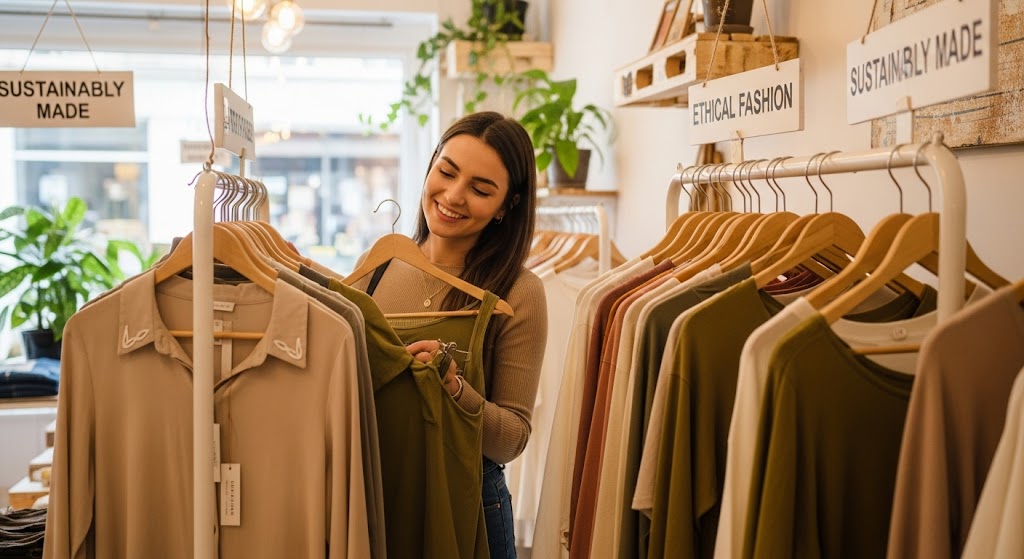Blog
Sustainable Fashion: Rethinking Style for a Better Future

The fashion industry is undergoing a profound transformation as more consumers demand transparency, ethics, and environmental responsibility. Sustainable fashion—once a niche concern—has become a global movement reshaping how we design, buy, and wear clothes.
The Problem with Fast Fashion
Fast fashion offers cheap, trendy clothing produced quickly to meet consumer demand. Brands churn out new collections weekly, encouraging overconsumption. But this model comes at a steep cost.
The fashion industry is one of the largest polluters in the world. It’s responsible for significant carbon emissions, water usage, and textile waste. Garments made from synthetic fibers like polyester contribute to microplastic pollution in oceans.
Moreover, labor conditions in many factories remain unsafe and exploitative.
What Is Sustainable Fashion?
Sustainable fashion aims to minimize harm to people and the planet. It encompasses ethical sourcing, fair labor, eco-friendly materials, and responsible consumption.
Key practices include:
- Using organic, biodegradable, or recycled fabrics
- Ensuring fair wages and safe working environments
- Reducing water and chemical usage in dyeing processes
- Promoting circular models like resale, rental, and recycling
Brands like Patagonia, Eileen Fisher, and Stella McCartney have pioneered ethical practices, inspiring a new wave of conscious fashion labels.
The Rise of Conscious Consumers
Today’s shoppers, especially Gen Z and millennials, care about values. They ask: Who made my clothes? What’s the environmental impact?
Social media campaigns like #WhoMadeMyClothes and documentaries such as The True Cost have raised awareness about fashion’s dark side. Consumers are now embracing slow fashion—buying fewer items, choosing quality, and valuing longevity.
Innovations in Eco-Fabrics
Sustainable fashion has spurred innovation. New materials like Piñatex (made from pineapple leaves), mushroom leather, and recycled ocean plastics are replacing conventional textiles.
Even major brands are investing in green tech—Adidas has produced shoes from ocean waste, and Levi’s is reimagining jeans with less water.
Challenges and Greenwashing
Despite progress, challenges remain. Not all “eco-friendly” claims are legitimate. Some companies engage in greenwashing—using sustainability as a marketing tool without real change.
It’s crucial for consumers to look for certifications (like GOTS, Fair Trade, or B Corp) and scrutinize brand practices.
How You Can Make a Difference
Sustainable fashion starts with mindful choices:
- Buy less, choose well. Invest in timeless pieces.
- Support ethical brands. Research before buying.
- Care for your clothes. Wash cold, air dry, repair when needed.
- Donate or recycle. Don’t toss clothing into the trash.
By shifting habits, individuals can drive industry-wide change.
Final Words
Sustainable fashion is not a passing trend—it’s the future. It challenges us to align style with values, and to see clothing not as disposable but as meaningful. Looking good shouldn’t cost the Earth.
